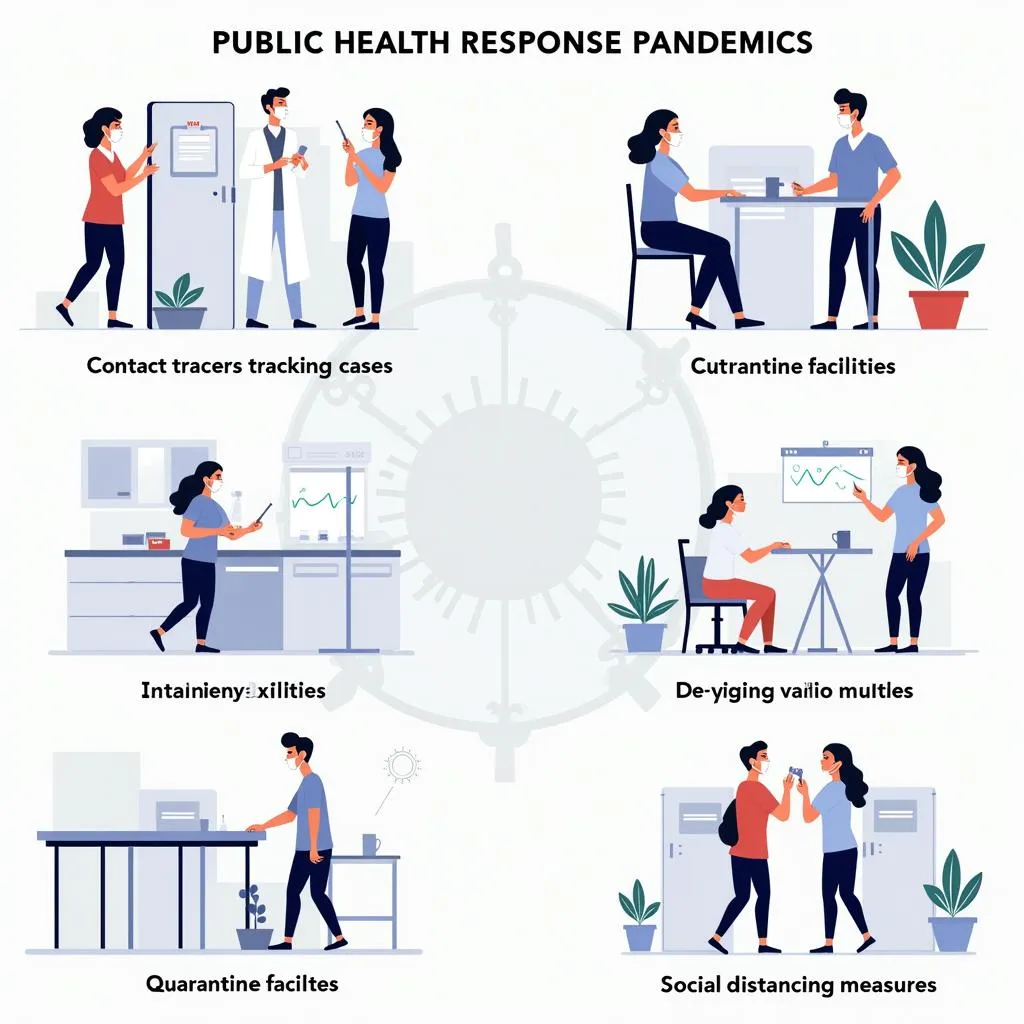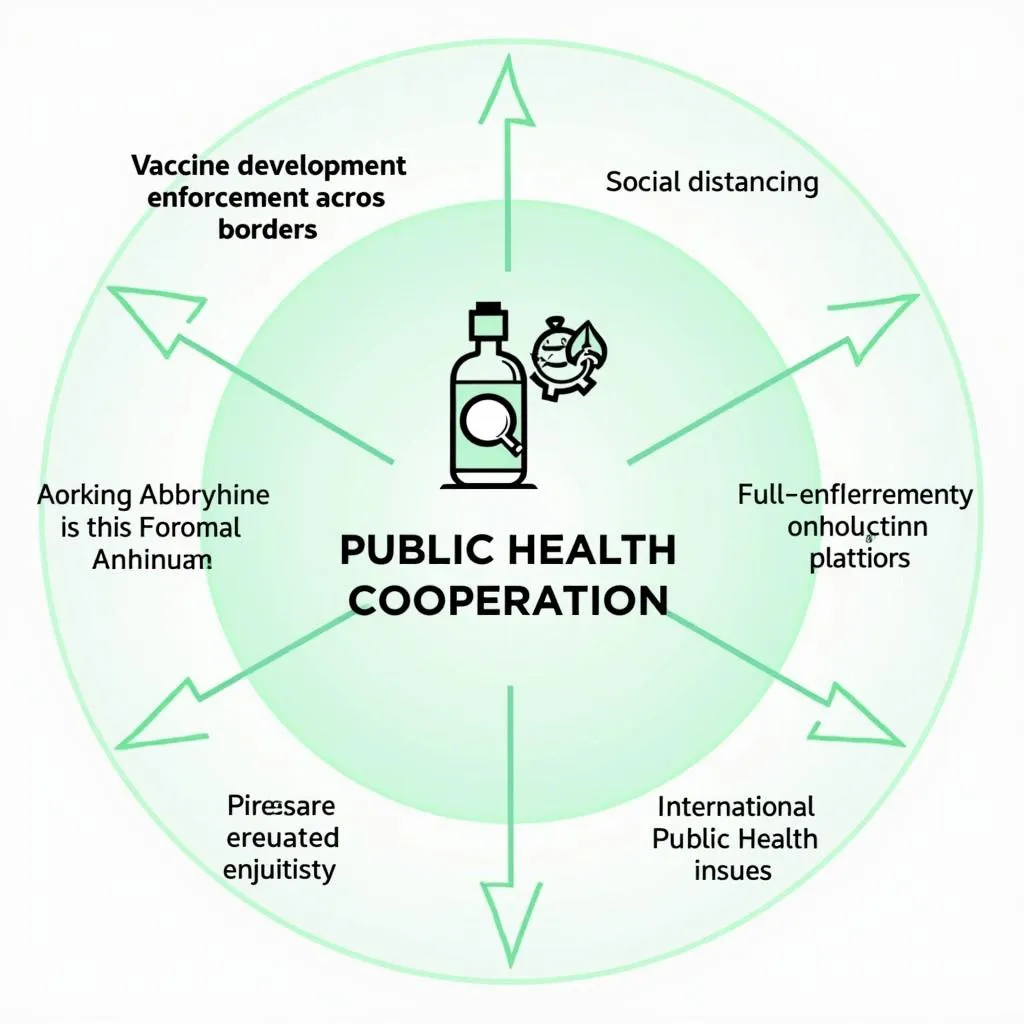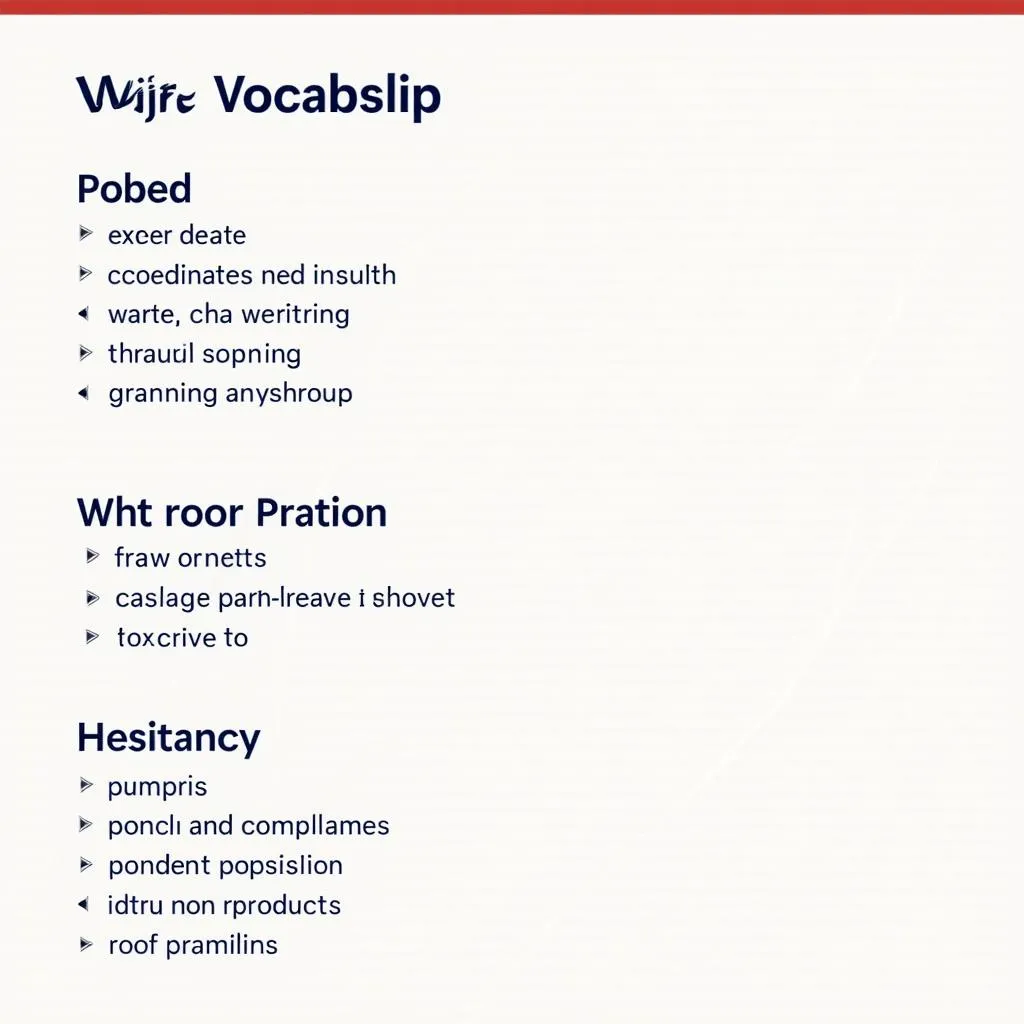The Summarize Written Text (SWT) task in the PTE Speaking & Writing section is designed to assess a candidate’s ability to understand and condense the main ideas of a written passage into a single sentence. In this practice task, we’ll explore pandemic-related public health strategies—an increasingly common theme for PTE SWT.
In the wake of global health crises like the COVID-19 pandemic, public health strategies have become highly relevant and frequently tested in various examinations, including PTE’s Speaking & Writing section. Below are sample SWT prompts on Public Health Strategies In Pandemics, complete with model answers and detailed analysis.
Sample Task 1: Public Health Strategies in Pandemics
Instructions: Read the passage below and summarize it in one sentence. Your response must be between 5 and 75 words.
Pandemics present significant challenges to governments and healthcare systems, asking them to respond rapidly to prevent the spread of infectious diseases. Key public health strategies include testing, contact tracing, quarantines, and social distancing, which slow the virus’s transmission and protect vulnerable populations. In recent years, international collaboration and digital technologies have improved the ability to deliver timely interventions, while challenges such as misinformation and vaccine hesitancy still hamper public efforts to control the spread of infections.
Band 90 Model Answer:
Public health strategies in pandemics, including testing, tracing, quarantine, and social distancing, aim to minimize disease spread, with recent technological advancements enhancing response capacities, though challenges like misinformation and vaccine hesitancy remain.
Analysis:
- Content: The response captures all major points: core public health strategies, technological advancements, and key challenges in combating pandemics.
- Form: The sentence is concise, staying well within the word limit.
- Grammar: Correct usage of clauses and conjunctions results in a well-formed sentence.
- Vocabulary: The response uses appropriate, academic-level vocabulary such as “transmission,” “hesitancy,” and “collaboration.”
- Spelling: Error-free.
 Public health response strategies in pandemics involve testing, tracing, and quarantine
Public health response strategies in pandemics involve testing, tracing, and quarantine
Band 80 Model Answer:
Efficient public health strategies during pandemics may include testing, contact tracing, quarantine, and other measures to limit transmission, though misinformation and other challenges make it difficult.
Analysis:
- Content: Most strategies are mentioned, but the reference to digital technologies and international collaboration is missing.
- Form: The response is shorter but still appropriate.
- Grammar: Simple sentence structure, but correct.
- Vocabulary: Less sophisticated, yet effective.
- Spelling: Error-free.
Band 70 Model Answer:
Pandemics require public health strategies like testing and social distancing to stop infections, but there are problems like misinformation.
Analysis:
- Content: Key points like contact tracing and technology are omitted.
- Form: Too brief; lacks elaboration.
- Grammar: Simple sentence, grammatically correct.
- Vocabulary: Basic vocabulary used.
- Spelling: Error-free.
Sample Task 2: Global Cooperation in Public Health During Pandemics
Instructions: Read the passage below and summarize it in one sentence. Your response must be between 5 and 75 words.
In global health emergencies, effective public health strategies require cooperation between nations and organizations. When country-level measures like social distancing or quarantine combine with international sharing of information, such as virus genome sequencing or vaccine development, it enhances comprehensive global responses. However, the lack of consistent coordination across countries and regions can impede the collective effort to stem a pandemic’s spread.
Band 90 Model Answer:
In health emergencies, public health strategies work best when countries collaborate on techniques such as social distancing and information-sharing, though uneven coordination remains a barrier to global response efficiency.
Analysis:
- Content: Key concepts related to international cooperation and its barriers are thoroughly addressed.
- Form: The sentence fits within the word limit and is well-organized.
- Grammar: Correct punctuation, clause usage, and conjunctions.
- Vocabulary: Advanced vocabulary including “coordination” and “techniques.”
- Spelling: Error-free.
 Global public health cooperation during pandemics enhances response through coordinated measures
Global public health cooperation during pandemics enhances response through coordinated measures
Band 80 Model Answer:
Global cooperation on public health strategies like social distancing and data-sharing is vital to combating pandemics, but inconsistent coordination hampers effectiveness.
Analysis:
- Content: Captures most major points but omits specifics like vaccine development or genome sequencing.
- Form: Structurally coherent; within the word limit.
- Grammar: Clear and correct.
- Vocabulary: Effective but less varied than the band 90 answer.
- Spelling: Error-free.
Band 70 Model Answer:
In pandemics, international cooperation is important, but poor coordination between countries can create problems.
Analysis:
- Content: Simplified and lacks specific details about strategies.
- Form: Brief; some key elements omitted.
- Grammar: Correct; very basic structure.
- Vocabulary: Needs more academic vocabulary.
- Spelling: Error-free.
Vocabulary and Grammar Guide
Here are 10 difficult words used in the sample tasks, along with their pronunciations, meanings, and examples:
-
Coordination
(ˌkōˈɔːr.di.neɪ.ʃən)
Meaning: The organization of different elements or groups working together effectively.
Example: The coordination between health agencies was crucial to managing the pandemic. -
Genome
(ˈdʒiː.noʊm)
Meaning: The complete set of genetic material in an organism.
Example: Scientists are rapidly sequencing the virus’s genome to develop a vaccine. -
Hesitancy
(ˈhɛzɪtənsɪ)
Meaning: Reluctance or unwillingness to act or take a decision.
Example: Vaccine hesitancy poses a risk to herd immunity. -
Minimize
(ˈmɪnɪmaɪz)
Meaning: To reduce something to the smallest possible level.
Example: Social distancing helps to minimize virus transmission. -
Transmission
(trænzˈmɪʃn)
Meaning: The process of spreading something from one person or place to another.
Example: Stopping transmission of the disease requires community cooperation. -
Impediment
(ɪmˈpɛdɪmənt)
Meaning: A hindrance or obstruction to progress.
Example: Lack of coordination can be a major impediment in controlling a pandemic.
 Key pandemic-related vocabulary used in PTE SWT tasks facilitates understanding
Key pandemic-related vocabulary used in PTE SWT tasks facilitates understanding
-
Collaboration
(kəˌlæbəˈreɪʃən)
Meaning: The action of working with others to achieve a common goal.
Example: International collaboration was essential during the pandemic. -
Quarantine
(ˈkwɔːr.ənˌtiːn)
Meaning: A period of isolation to prevent the spread of disease.
Example: People exposed to the virus were placed in quarantine. -
Intervention
(ˌɪn.tərˈvɛn.ʃən)
Meaning: Actions taken to improve a situation, especially a health problem.
Example: Intervention efforts, such as testing and tracing, are crucial to halting infections. -
Stem
(stɛm)
Meaning: To stop or limit the spread or development of something.
Example: Early intervention helped to stem the spread of the virus.
Conclusion
The Summarize Written Text (SWT) task in the PTE exam is an excellent way for candidates to demonstrate their summary skills. By practicing with real-world topics like public health strategies in pandemics, you can prepare yourself for one of the most commonly assessed themes in the exam. Good luck, and remember to practice regularly. You may leave any questions in the comments below!